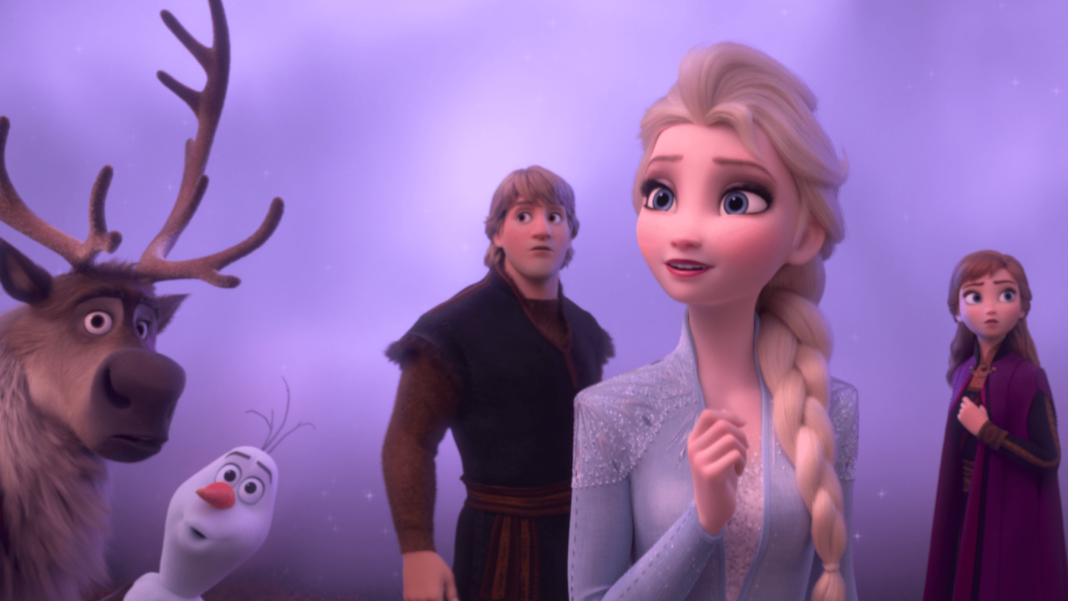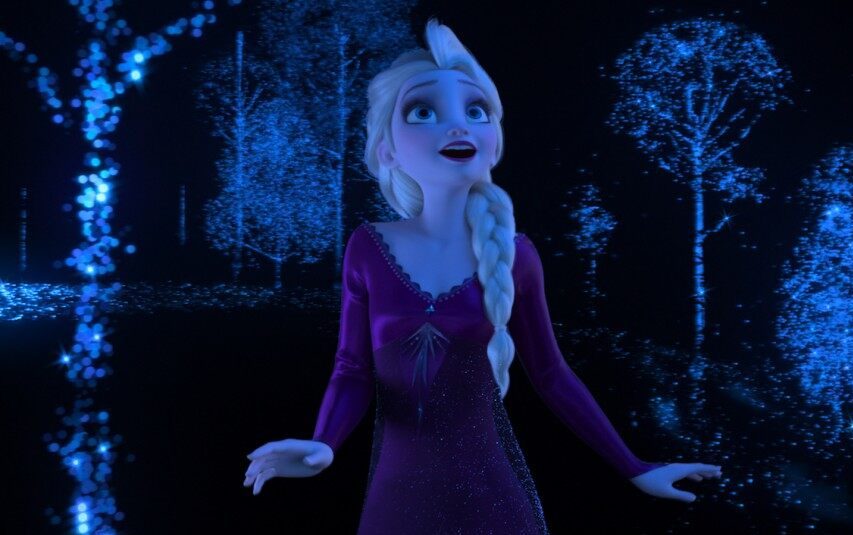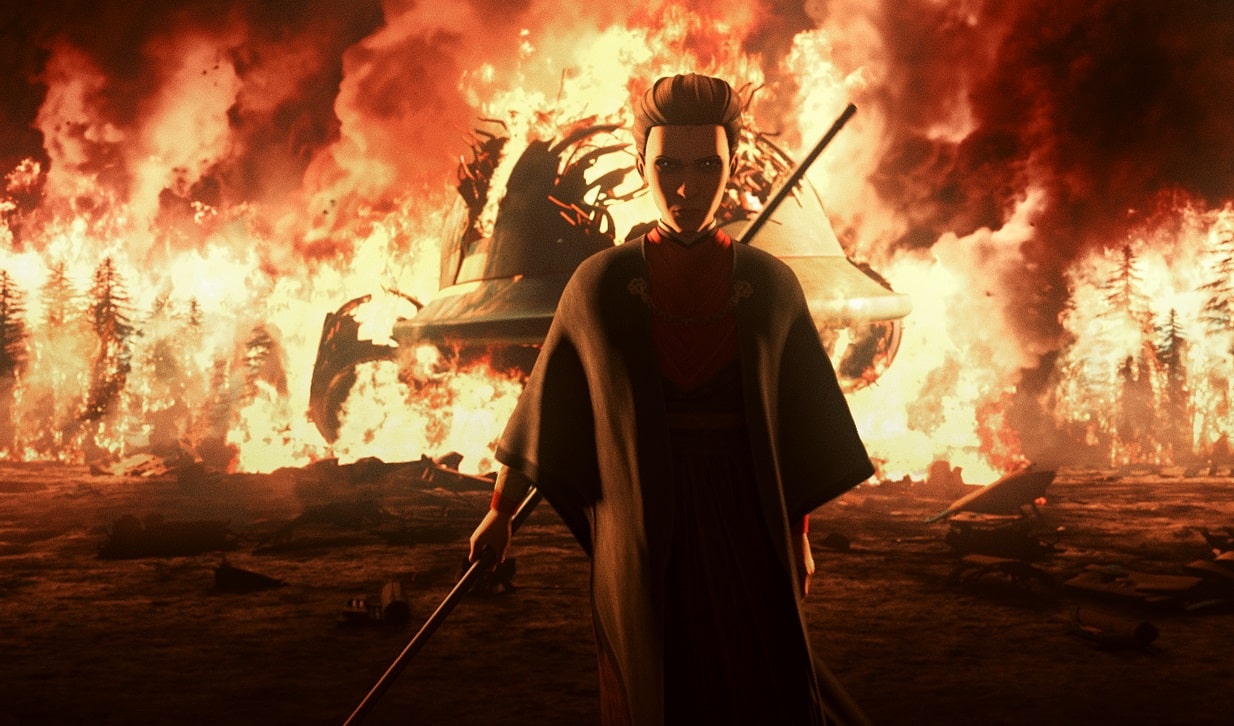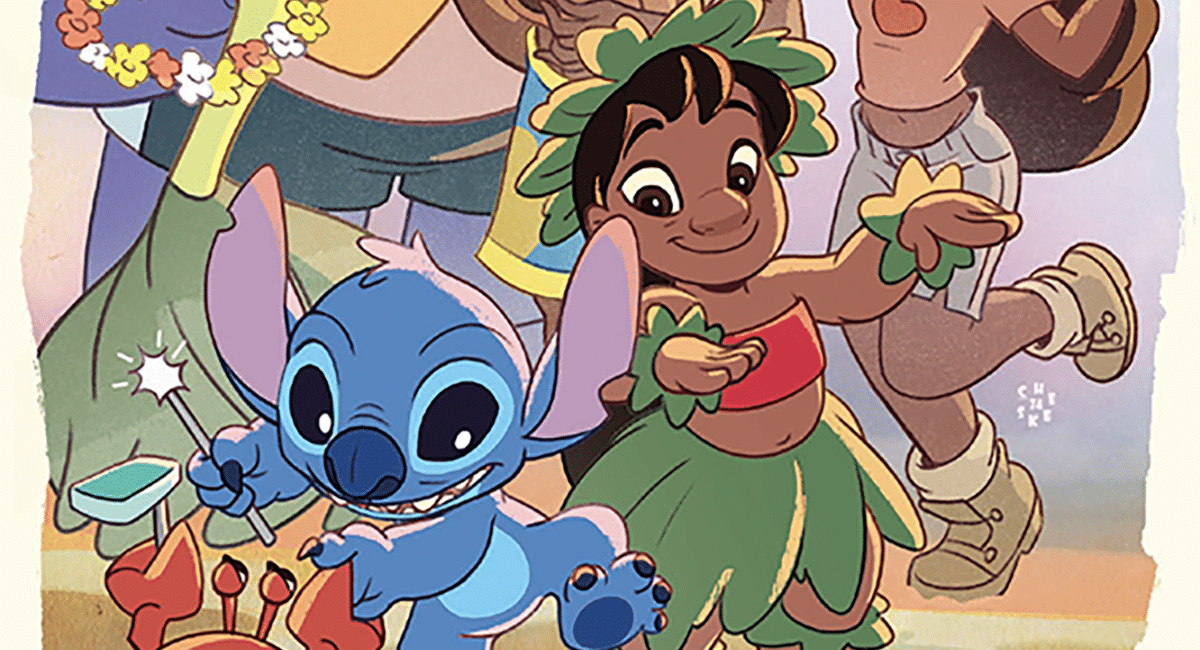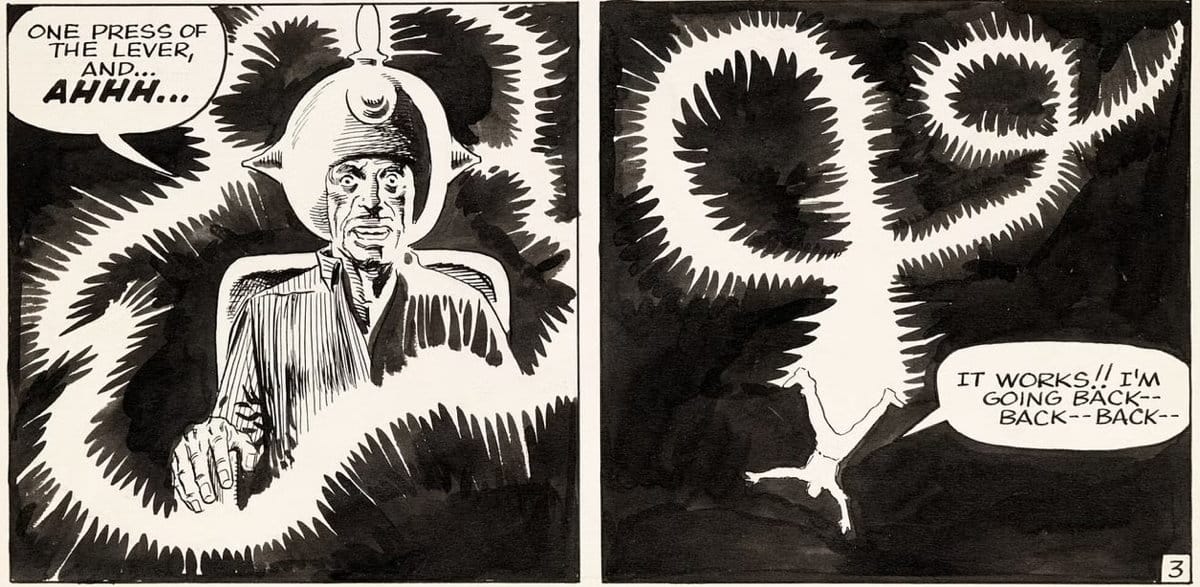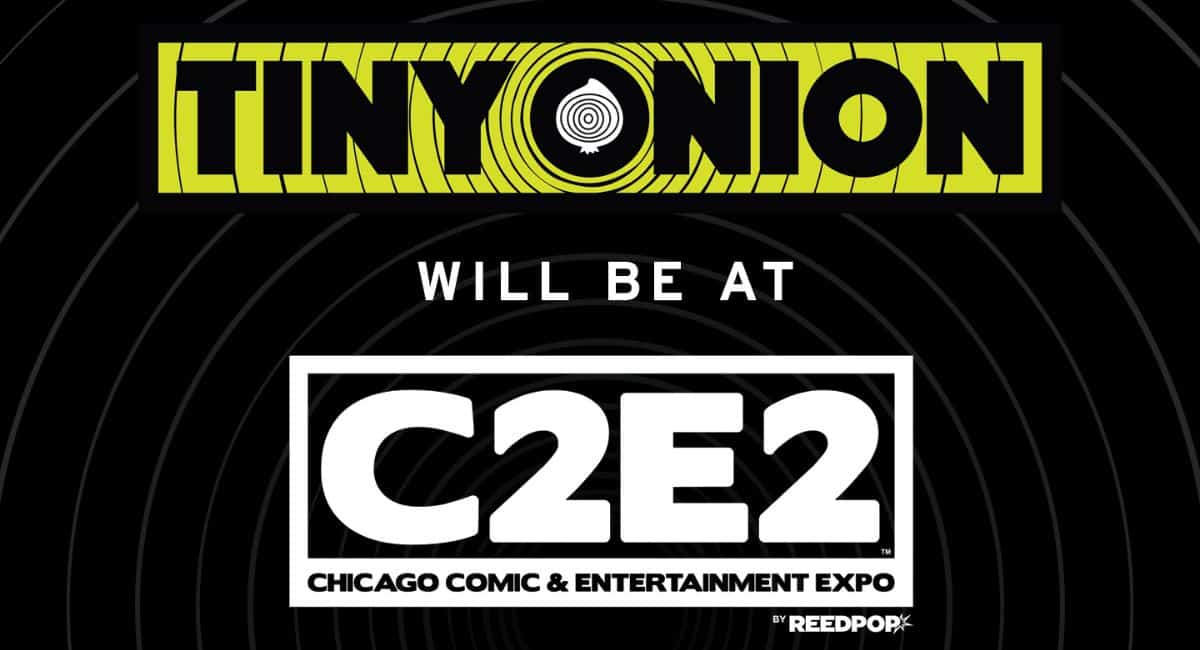It’s been six years since I saw Frozen in theaters. In addition to the unexpected gift of John Travolta’s strange, overly-confident butchering of Idina Menzel’s name on live television, I’m left with mostly warm feelings about the movie and a handful of memorable songs I can still recite. The plot I remember with less detail or precision, though: something something sisters, magic powers, being yourself.
It’s only been one day since I saw Frozen II in theaters. But in a complete reversal, I already remember almost nothing about the music, and I’m still thinking about the unusual complexity and structure of the film’s story.
Frozen II returns to the story of Elsa (Menzel) and Anna (Kristen Bell), sisters living in their kingdom of Arrendelle, as well as their companions from the first film: Anna’s boyfriend Kristoff (Jonathan Groff), his reindeer Sven, and snowman Olaf (Josh Gad). Set three years after the events of the first film, life in the kingdom is relatively stable until Elsa begins to hear a voice calling to her from a mysterious forest her parents warned her to stay away from when she was a child. Elsa resists the voice, knowing it brings potential danger to her and her family – but one night she engages with it anyway, and it sets off a chain of events that leaves the kingdom of Arrendelle displaced and homeless. Elsa, Anna, Kristoff, Sven and Olaf head to the impenetrable, mystical forest where the voice originated, seeking answers to save their kingdom. (And this time around, they get to wear pants!)
For the sequel, screenwriters Jennifer Lee and Allison Schroeder aim to give us more backstory on Arrendelle’s history, Elsa’s powers, and the state of this fantasy world. The story is partially told through flashbacks to Elsa and Anna’s parents and grandparents, which are sprinkled throughout the film to slowly reveal more of the world.
Mild spoilers here: for a film releasing around Thanksgiving, Frozen II is a relatively anti-Thanksgiving film. There are some serious themes rooting around in the underbelly of the screenplay, which is surprisingly dense for such a brisk film, including climate change, colonization, the way history is taught by its victors, and more. This isn’t that strange considering the first film had some viewers wondering about its subtext, but the issues are perhaps more varied and darker here.
Which brings us to the darkness: Frozen II is arguably a darker, more mature film than its predecessor. It’s still appropriate and made for kids, sure. At a superficial level, it’s about change and growth, and it feels like it’s marketed to a slightly older fanbase than the first – perhaps the kids who grew up loving the initial entry. The songs are trickier, for one. There’s one that might become a fan favorite, but it’s hard to imagine any of them retaining the same catchiness of “Let it Go,” mainly because they feel more complex and harder to sing. It’s not all somber news, though. My screening was full of kids, and every time Olaf showed up with much-needed levity, they were going bananas.
Frozen II is a deeply strange movie. Firstly, in regards to expectations, it’s got some weighty themes for a Disney film. Secondly, the structure, rhythm and pacing of this film doesn’t follow the traditional ebb and flow you expect as an audience member. At times that’s refreshing, and at other times it’s awkward. And lastly, as for its story and details – for the entirety of its runtime, the characters deal with conflict, but it’s never centered around a villain, a detail that’s appreciated. Instead, Olaf wanders around creepily reminding everyone that “water has memory,” Kristoff sings a soft rock power ballad by himself in the woods (my favorite song of the film), Elsa hears voices, and Anna deals with crippling insecurity and grief. Suffice it to say details of Frozen II are trippy and downright bizarre at times, particularly when grafted on to story’s overall themes and unique structure.
On the visual front, Frozen II is beautiful. Director duo Lee and Chris Buck approach the new settings of the world with imagination and gusto, and the film shows the same detail and care in costuming and setting as the original. The color palette is bright and vivid, and the design of new creatures is on point. There aren’t a lot of new characters to dig into, but through flashbacks we get Sterling K. Brown’s portrayal of Lieutenant Destin Mattias and Evan Rachel Wood as Elsa and Anna’s mother, as well as brother and sister Honeymaren (Rachel Matthews) and Ryder (Jason Ritter), who feel mostly like fodder for potential future movies.
If you’re going in this for the same catchy songs and empowering messaging of the first film, you might not find this up to the same standard as Frozen, but I did. Change is growth, and growth is good. Frozen II is moodier, weirder, and harder to sing along to than its predecessor. It’s matured from a child to a brooding, awkward adolescent.


